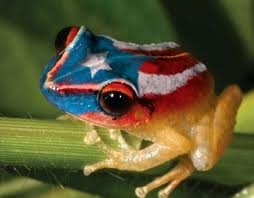PANAMA
Capital of Country: Panama City
Leader of Country: Ricardo Martinelli
Important Natural Resources: Copper, Mahogany, shrimp, and Hydro-power
Important Natural Attractions: Comarca Kuna Yala (beach)/ Darien National Park
Important cultural Attraction: Ruins of old Panama/ City’s Old Quarter/ Panama Canal
Popular Dishes: Sancocho/ Arroz con Guandú y Coco
SPAIN
Capital of Country: Madrid
Leader of Country: King Juan Carlos I (Governor)/ José Luis Rodriguez Zapatero (Prime Minister)
Important Natural Resources: Coal, lignite, Iron ore, Copper, Lead, Zinc, Uranium, tungsten, mercury
Important Natural Attractions: The Great Beach of San Sebastian in Guipúzcoa
Important cultural Attraction: Island Ibiza (popular night club)
Popular Dish: Cochinillo Asado (Roast suckling pig)
Natural Reserve: Sierra de las Nieves
PERU
Capital of Country: Lima
Leader of Country: El Presidente es Ollanta Humala,
El Primer Ministro es Salomon Lerner Ghitis
Important Natural Resources:
Important Natural Attractions: Las Cordilleras Paracas National Reserve
Important cultural Attraction: Machu Picchu
Popular Dish: Papa a la Huancáina - Las papas frio con una salsa de queso picante.




